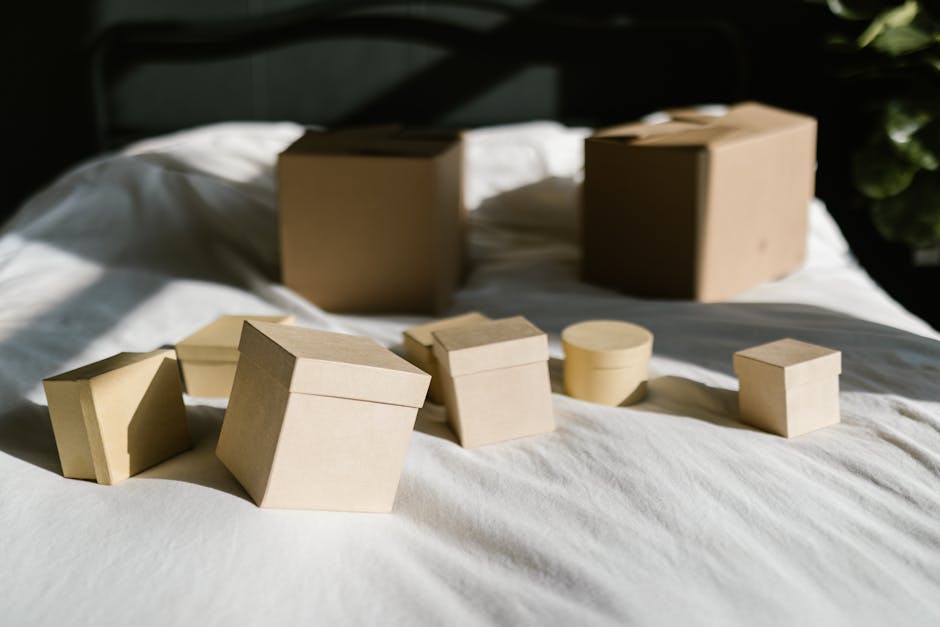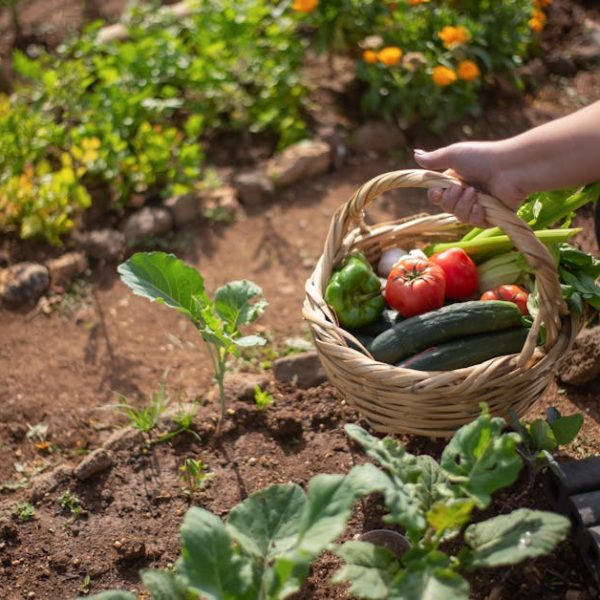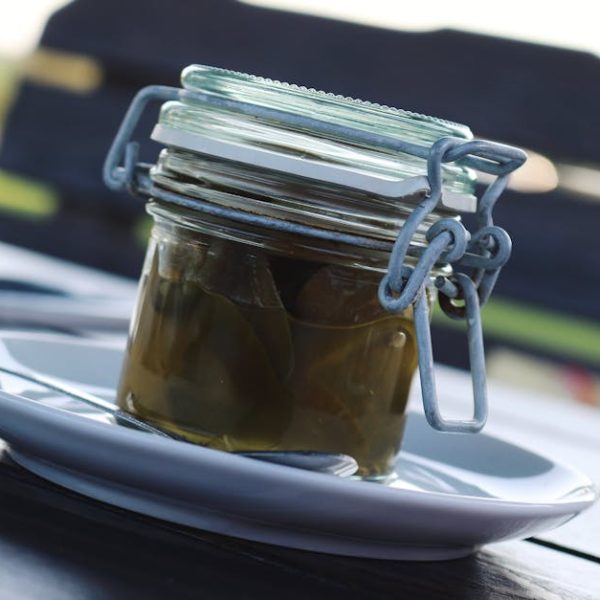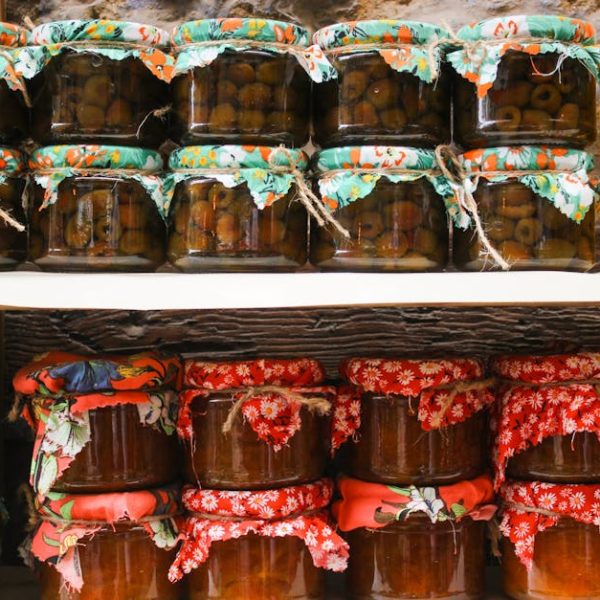When preparing canned goods, sterilizing canning lids is an essential safety practice that effectively kills any lingering bacteria, yeasts, and molds that could spoil your preserved goods. Protecting your canned food from these harmful microorganisms not only extends the shelf life of your goodies but also ensures their taste and nutritional values remain intact. Let’s walk you through three effective methods of sterilizing canning lids: Boiling Water, Steam Sterilization, and Oven Sterilization.
Boiling Water Method
The boiling water method is a classic, reliable technique that works wonders in sterilizing your canning lids. It’s a basic cooking method that simply requires water, a pot, and a heat source.
– Fill a pot with water sufficient to submerge all your lids fully.
– Set the pot on the stove and heat until the water begins to boil.
– Carefully submerge the canning lids in the boiling water.
– Leave the lids in the boiling water for at least ten minutes for effective sterilization.
A few pro tips can help make this process even more effective:
– Avoid using overcrowded pots: Caning lids should not be stacked or cluttered in the pot, as it prevents even heat distribution.
– Do not place lids directly at the bottom: Use a rack or a towel to prevent the lids from touching the hot base of the pot and warping.
– Add a tablespoon of vinegar to the water: This prevents the formation of mineral deposits on the canning lids, maintaining their shiny, clean look.
Steam Sterilization Method
For those seeking a water-conservative method or have a load of canning lids to sterilize, the Steam Sterilization method becomes a practical option. It requires a steam canner, but the investment is often worth it for frequent canners.
– Fill the base of your steam canner with the recommended amount of water (as per the manufacturer’s instructions).
– Place the rack in the base and arrange your canning lids on it.
– Turn on the heat and let the water heat until it produces steam.
– Allow the canning lids to steam for a minimum of ten minutes.
This comparative table outlines some fundamental differences between the Boiling Water and Steam Sterilization.
| Method | Pros | Cons |
|---|---|---|
| Boiling Water | Few resources required, adaptable for small batches | Requires significant water, can be more time-consuming with large batches |
| Steam Sterilization | Conserves water, can handle larger batches | Requires special equipment (steam canner) |
Safety is crucial in steam sterilization:
– Always wear protective gloves to avoid scalding from the steam.
– For the lids to sterilize correctly, make sure they’re exposed to steam and not just sitting in hot water.
Oven Sterilization Method
If you’re looking for a way to sterilize your canning lids without having them come into contact with water, the Oven Sterilization method might be of interest. This process involves heating your oven to a set temperature and leaving your canning lids inside for a specific duration. The dry heat can be just as effective as boiling water or steam at killing those harmful microorganisms.
– Preheat your oven to 225 degrees Fahrenheit (107 degrees Celsius).
– Arrange your canning lids on a baking sheet, ensuring they don’t overlap.
– Place the baking sheet in the preheated oven.
Do keep in mind:
– Ensure your oven is warm before placing the baking sheet with lids inside. Rapid heating could cause the lids to warp.
– Oven mitts or a safe oven handler is a must to avoid burning your hands.
End of Part 1
Frequently Asked Questions about Sterilizing Canning Lids
When discussing sterilization of canning lids, a few inquiries commonly arise. Here, we aim to address them in a manner that dispels any misconceptions and provides you with the information necessary to successfully sterilize your lids.
Q1: Can I reuse canning lids after sterilizing them?
A1: While you can sterilize used lids, manufacturers recommend against reusing them. This is because the sealing compound inside the lid deforms to create a seal each time it’s used, and it may not properly seal again after this deformation.
Q2: At what point during my canning process should I sterilize my lids?
A2: Sterilize your canning lids right before you’re ready to fill your jars. Sterilized lids are best used immediately after the sterilization process to prevent any chance of contamination between sterilizing and using.
Q3: How long do canning lids stay sterile after sterilization?
A3: If handled properly, your sterilized lids should remain sterile until they are used. However, to ensure maximum sterility, it’s best to use the lids immediately after sterilizing them.
Final Remarks
Ensuring your canned goods remain safe and flavorful involves a crucial step of sterilizing your canning lids. Whether you prefer the simple Boiling Water method, the eco-friendly Steam Sterilization, or the direct Dry Heat from the Oven Sterilization, using a sterile lid is invaluable in your preservation journey.
Remember to:
– Spread out the lids while sterilizing to ensure evenly distributed heat.
– Use protective implements such as gloves or oven mitts to prevent burn injuries.
– Use lids immediately after sterilization for optimum sterility.
We encourage you to try these methods and discover which works best for your canning needs. Safely sterilizing your canning lids is an essential part in ensuring your canned goods remain delicious, nutritious, and safe to enjoy. Here’s to preserving delightful bites!
Key Takeaway:
- Sterilizing canning lids is a critical step in the canning process, ensuring the prevention of bacteria, yeasts, and molds that can spoil canned goods.
- Three effective methods for sterilizing canning lids include boiling water, steam sterilization, and oven sterilization.
- The best method depends on individual needs, resources, and preferences.
- Regardless of the method chosen, safe practices should be followed to prevent accidents and to ensure effective sterilization.
Sterilizing your canning lids might sound complex, but with these easy and effective methods, it doesn’t have to be a daunting task. Choose the method that best suits your needs and canning practice. Remember to follow safety tips and best practices for each method to ensure your canned goods are kept safe and delicious for future enjoyment.
FAQs
Q: What material is used for canning lids and is it safe?
A: Canning lids are usually made of thin metal with a plastic or rubber-like seal on the inside. These materials are deemed safe for contact with food during the canning process.
Q: Can all types of canning lids be sterilized?
A: Not all can lids are suitable for all sterilization methods. Check the manufacturer’s directions carefully to ensure you choose the appropriate sterilization method for your specific canning lids.
Q: How often should I sterilize my canning lids?
A: You should sterilize your canning lids each time you are preserving a new batch of goods. Even brand-new lids need to be sterilized before use.
Q: Can I sterilize my canning jars and lids together?
A: Yes, canning jars and lids can be sterilized together provided they are spread out and not touching each other for effective heat distribution.
Q: How do I store my canning lids post sterilization for future use?
A: Ideally, sterilized canning lids should be used immediately. If you need to store them post sterilization, they should be kept in a clean, airtight container to avoid any contamination.
Don’t hesitate to share this article with others who would benefit from these sterilization methods and tips. You can also explore more posts related to food preservation on our website for additional insights and guidance.






